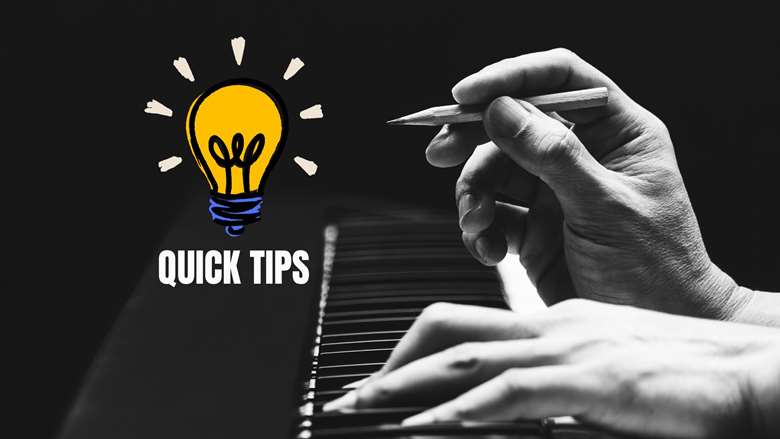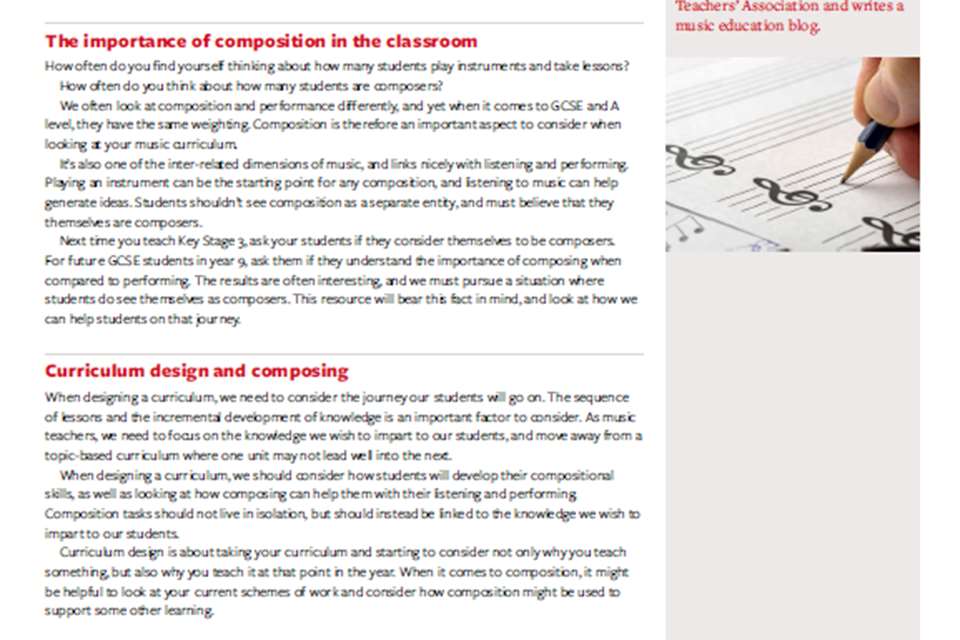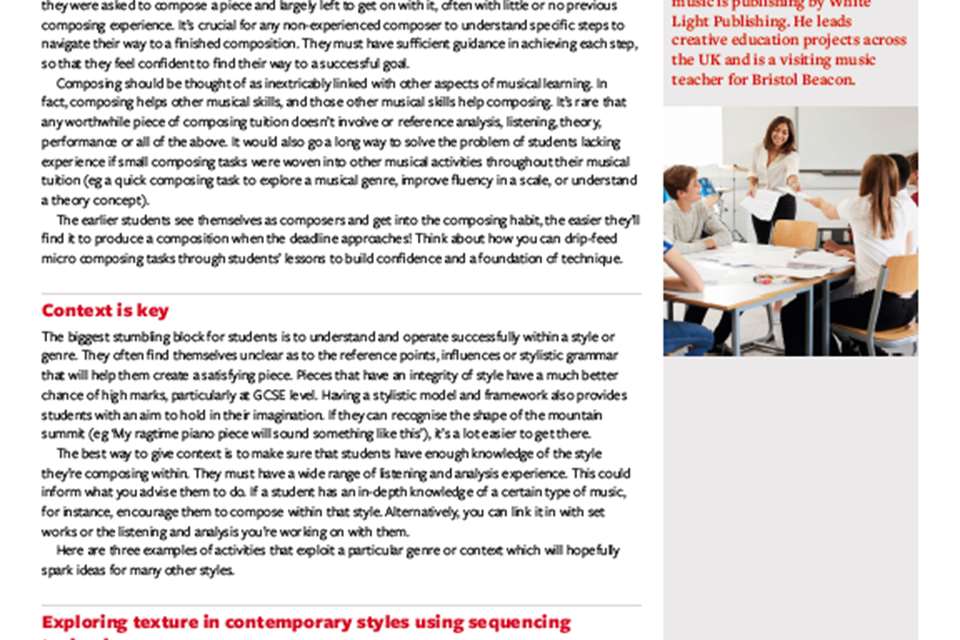Quick tips for writing a simple piano piece
Melanie Spanswick
Wednesday, May 1, 2024
Pianist, author and composer Melanie Spanswick covers the nuts and bolts of creating a piano composition from scratch

Adobe Stock / princeoflove
PREPARATION
Think tactile. Start with manuscript paper, pencils, pencil sharpener, eraser and ruler. A ‘hands-on’, more traditional approach tends to get the creative juices flowing and encourages students, particularly younger ones, to learn how to score a composition. The piece can be transferred to notation software later, if required.
Work at the piano. The piano is the best ‘sound base’ because it’s possible to hear all parts at once. This allows students to hear immediately what they’ve written. If reading all the parts simultaneously proves tricky, teachers or peers can help out.
Set the scene. Discuss a possible title and subject. Find out what fires the imagination; it might be a place, animal, an experience, or friends and family. A pet dog, for example, offers scope for fast, breathless music as the animal scampers about, whereas a ghostly apparition can inspire creepy, slow, dissonant or atmospheric music.
Get creative. Will the piece be fast, slow or a mixture of the two? Will it be bright, bold, happy, sad, scary, ethereal, colourful, soft or loud? Younger students will enjoy this conversation, especially when they realise that they can write a piece about anything they want. Being in control of the whole process creates a feeling of empowerment during the lessons.
Keep it simple. Time signatures such as 3/4 or 4/4 usually work best. Key signatures are not strictly necessary. A more effective approach might be to add accidentals to the score, if required, as this encourages the student to focus on chromatic notes and allows them to ‘feel’ how these might influence or change the sound of their piece.
COMPOSING
Write the theme. Having a motif or short theme throughout the composition is a good way to begin. This should reflect the subject matter as much as possible, and could be very simple, using a limited range of notes or intervals. Start with pitches, adding the rhythm later. Be sure to play around, utilising the full scope of the keyboard. The shorter the theme, the better; a two- or four-bar melody is easily adaptable. Let the student’s imagination run wild – they must be happy with their tune.
Sequence the tune. A four-bar motif in the right-hand could be immediately followed by the same motif an octave higher, offering an eight-bar phrase. Then, the same motif might be written lower, for the left-hand, with it returning to its original position for the final four bars. Implementing a 16-bar structure or similar instigates an understanding of musical form.
Select the accompaniment. Explore various options. An alberti bass or a dyad accompaniment in the left hand could work well, or in the right hand if the left hand has the motif. A simple harmonic explanation may be necessary; but if a student’s melody is dissonant, consider a dissonant chordal accompaniment. There are no set rules here, and it’s completely valid to write a seemingly ‘incoherent’ piece because this is all part of the creative process.
Add drama. Add dynamics, phrasing, and a tempo marking at the top of the score. Play the piece for the student, demonstrating the various possibilities, helping them to decipher the spectrum of tonal sonorities available at their fingertips; for example, show them how a sudden change of sound could enhance or punctuate their piece for dramatic effect. Include the sustaining pedal, too, as it will enrich the piano’s sonority and add depth to the work.
ROAD TEST
Showcase the work. Encourage the composer to perform their piece in class, or to friends and family. Alternatively, if the piece is beyond their technical grasp, have others play one hand or even the whole piece, making sure dynamics, phrasing and tempo are strictly followed. Hopefully, the composer will feel the immediate satisfaction of hearing their piece come to life.
Do you have ‘quick tips’ on an area of teaching you’d like to share? If so, email the editor at music.teacher@markallengroup.com





